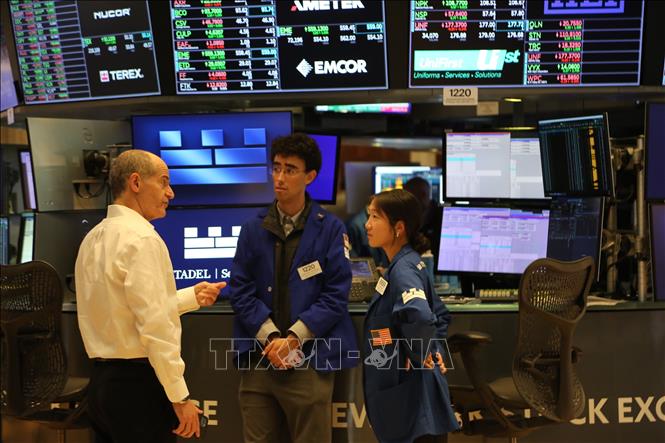
At the end of the trading session on October 17, all three major indexes on Wall Street increased points. Specifically, the Dow Jones industrial index increased 0.52% to 46,190.61 points, the S&P 500 index increased 0.53% to 6,664.01 points and the Nasdaq Composite technology index increased 0.52% to 22,679.98 points.
For the week, the Dow Jones Industrial Average rose 1.6%, the S&P 500 advanced 1.7% and the Nasdaq added 2.1%. This was also the S&P 500's best weekly gain since the week ending August 8.
Looking back at the past week
The US stock market last week witnessed strong "shaking" sessions, reflecting the tug-of-war between negative macro factors and the market's internal growth drivers.
The trading week started on October 13 with major indexes rising sharply, with the Nasdaq recording its biggest one-day gain since late May, driven by a boom in artificial intelligence (AI) stocks, led by Broadcom and Nvidia.
However, market sentiment turned more cautious in the session on October 14. Indexes moved in opposite directions as investors weighed concerns about US-China trade tensions and new remarks by Fed Chairman Jerome Powell, who acknowledged the weakness of the labor market.
The market continued to be divided in the session on October 15, when the S&P 500 and Nasdaq gained points thanks to a series of solid corporate profit reports and expectations that the Fed will cut interest rates were reinforced after the Be Book report.
Selling pressure returned in the session on October 16, causing major indexes to fall across the board. Concerns about credit problems in the US regional banking sector became the focus of the market.
But then market sentiment recovered in the weekend session of October 17, helping all indices rise.
Psychological factors
The market has had time to absorb the news and realize that concerns about the regional banking sector may have been overblown, said Ryan Detrick, chief strategist at financial firm Carson Group.
In addition, signs of easing trade tensions also contributed to supporting the market. President Trump confirmed that he will meet with Chinese President Xi Jinping in the next two weeks and admitted that 100% tariffs are "unsustainable".
Another important factor is that the third-quarter earnings season is going better than expected. With 58% of S&P 500 companies having reported, 86% have beaten expectations, according to data from financial data provider LSEG. Analysts now expect S&P 500 earnings to grow 9.3% year-over-year in the third quarter of 2025 on average, up from 8.8% forecast earlier this month.
Still, there are signs of weakness. The percentage of S&P 500 stocks in an uptrend fell to 57% as of October 14 from 77% in early July, according to Adam Turnquist, chief technical strategist at LPL Financial. Conversely, the percentage of stocks in a downtrend increased from 23% to 44% over the same period, suggesting cracks are beginning to appear in the market’s foundation.
Likewise, Kevin Gordon, senior investment strategist at financial services firm Charles Schwab, said it’s important to watch how the rally spreads across the stock market. He said it’s a big sign if there are fewer stocks rising but the indexes are still driven by megacap stocks. If just one or two of the large-cap stocks get bad news, they can drag down the index and the broader market.
Outlook for next week
Next week will be a key test for US stocks, as a series of major earnings reports are released.
The market will be in full swing with results from big names like Tesla, Netflix, Procter & Gamble (P&G), and Coca-Cola. The corporate reports will be the best opportunity to gauge the health of the economy amid the ongoing government shutdown and lack of key economic data, said Kevin Gordon, senior investment strategist at financial services firm Charles Schwab.
Notably, despite the delay, the September 2025 CPI report is scheduled to be released on October 24, nine days later than scheduled. The data will be important ahead of the Fed's meeting on October 28-29, where the central bank is expected to cut interest rates by another quarter of a percentage point after a similar move last month. Experts say it would take a truly large "inflationary shock" to deter the Fed from taking action.
In addition, investors will continue to closely monitor any developments related to US-China trade negotiations and the health of regional banks.
Source: https://baotintuc.vn/thi-truong-tien-te/bat-chap-rung-lac-chung-khoan-my-tang-diem-tuan-qua-20251018103615500.htm



![[Photo] Collecting waste, sowing green seeds](https://vphoto.vietnam.vn/thumb/1200x675/vietnam/resource/IMAGE/2025/10/18/1760786475497_ndo_br_1-jpg.webp)
![[Photo] General Secretary To Lam attends the 95th Anniversary of the Party Central Office's Traditional Day](https://vphoto.vietnam.vn/thumb/1200x675/vietnam/resource/IMAGE/2025/10/18/1760784671836_a1-bnd-4476-1940-jpg.webp)
![[Photo] Closing ceremony of the 18th Congress of Hanoi Party Committee](https://vphoto.vietnam.vn/thumb/1200x675/vietnam/resource/IMAGE/2025/10/17/1760704850107_ndo_br_1-jpg.webp)


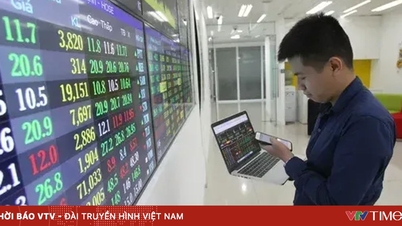



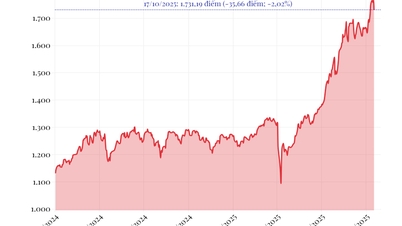
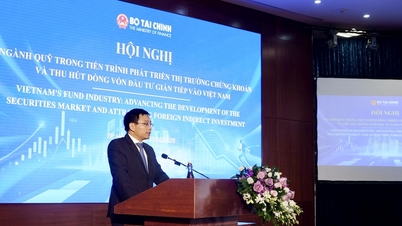

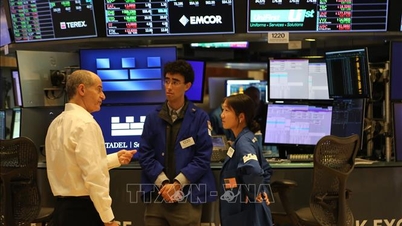







































































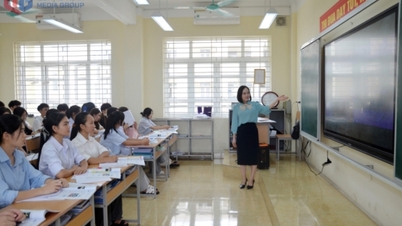


















Comment (0)